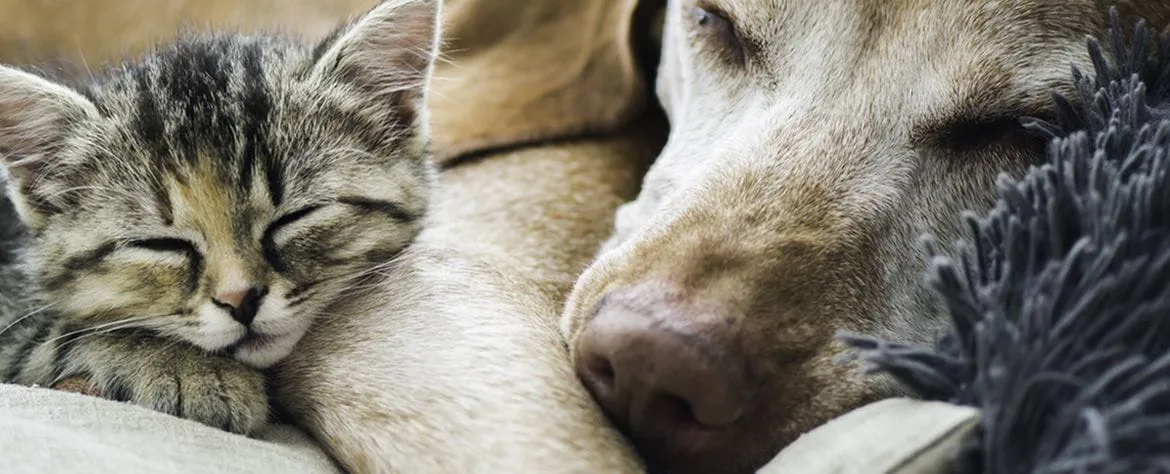Peanut Butter's Rocky Road
by Nick Helfrich, DVM
 Peanut Butter is a 4-year-old Male neutered rabbit that presented to All Pets Animal Hospital for a recent history of a decrease in appetite and stool production. Rabbits presenting with these clinical signs are often described as having ileus or gastrointestinal (GI) stasis; however, it is important to note that ileus is not a primary problem, but rather a symptom that occurs as a result of some other underlying condition. Potential causes can include dental disease, abdominal pain, stress, an underlying disease process, or an inappropriate diet, to name a few. In order to help differentiate the underlying cause, a thorough physical and oral examination is performed, along with diagnostic tests (bloodwork, x-rays, fecal analysis, etc.) on a case dependent basis.
Peanut Butter is a 4-year-old Male neutered rabbit that presented to All Pets Animal Hospital for a recent history of a decrease in appetite and stool production. Rabbits presenting with these clinical signs are often described as having ileus or gastrointestinal (GI) stasis; however, it is important to note that ileus is not a primary problem, but rather a symptom that occurs as a result of some other underlying condition. Potential causes can include dental disease, abdominal pain, stress, an underlying disease process, or an inappropriate diet, to name a few. In order to help differentiate the underlying cause, a thorough physical and oral examination is performed, along with diagnostic tests (bloodwork, x-rays, fecal analysis, etc.) on a case dependent basis.
Peanut Butter’s examination revealed him to be in good physical condition with no signs of dental disease. Palpation of his abdomen, however, did reveal some gas distention and moderate discomfort. A blood panel to check his major organ system functioning was performed and showed a very significant increase in an enzyme called ALT. In rabbits, ALT can become elevated as a result of either severe GI disease or liver disease. To further assess these organ systems, some abdominal x-rays were obtained.
The x-rays revealed the liver to be of normal size and shape. The x-rays did reveal a significant amount of food and gas trapped within the GI tract. In addition, a portion of the GI tract called the cecum was thought to be impacted with food and gas. The diagnosis was GI ileus with cecal impaction of unknown cause.
Rabbits have a relatively complex gastrointestinal physiology in that they are hindgut fermenters. This means that they rely on microbial fermentation of food within the cecum, a large pouch at the junction between the small and large intestines, to provide nutrients for absorption. When this system is not functioning properly, normal GI movement is halted and a painful accumulation of gas and food develops. A rabbit in pain will further decrease its food intake, thereby further exacerbating the disruption in GI physiology. A vicious cycle ensues, and can lead to a life-threatening imbalance of pathogenic bacteria within the GI tract.
While various degrees of GI ileus do occur, requiring variable treatment modalities, the cornerstones of therapy are generally fluid therapy, pain medications, pro-motility agents, and antibiotic therapy.
For Peanut Butter, given the results of his bloodwork and x-rays, aggressive intravenous fluid therapy was initiated to help hydrate the GI tract and cecum, along with multimodal pain medication, an antibiotic, and medications to help stimulate normal GI movement.
In some cases of GI ileus, a rabbit with a recent history of anorexia and decreased stool production will be seen devouring food and producing copious amounts of healthy stool mere hours after initiating appropriate therapy. Unfortunately, this was not the way it went for Peanut Butter. Despite therapy, his appetite and stool production did not improve throughout the entire first day of treatment, and in fact he appeared to be looking a bit more lethargic. He was discharged overnight with a plan to continue in-hospital therapy in the morning.
The following morning, Peanut Butter’s Mom reported a slight improvement in his appetite, but he still had no stool production and remained lethargic. Intravenous (IV) fluid therapy and other supportive medications were continued over the next two days. Despite continued therapy, poor Peanut Butter just could not turn the corner. To ensure that potential stress associated with hospitalization was not affecting his appetite, on the fourth day of treatment we decided to see how he would do with at-home therapy. The next day was another rough one for Peanut Butter, with very little food consumption noted or improvement in energy, despite being in a familiar environment. It was now decision time: do we readmit him for in-hospital therapy or give him some more time at home? We decided to give him one more day of at home therapy.
Finally, after five days of therapy, Peanut Butter’s Mom reported that he was eating and pooping a ton! In addition, his energy was improved and he seemed completely back to his old self.
The following day, we recheck the elevated GI/liver enzyme ALT, and found a significant improvement!
In the following weeks, Peanut Butter has continued to do great. Soon, we’ll recheck the ALT to ensure the elevation has completely resolved.



